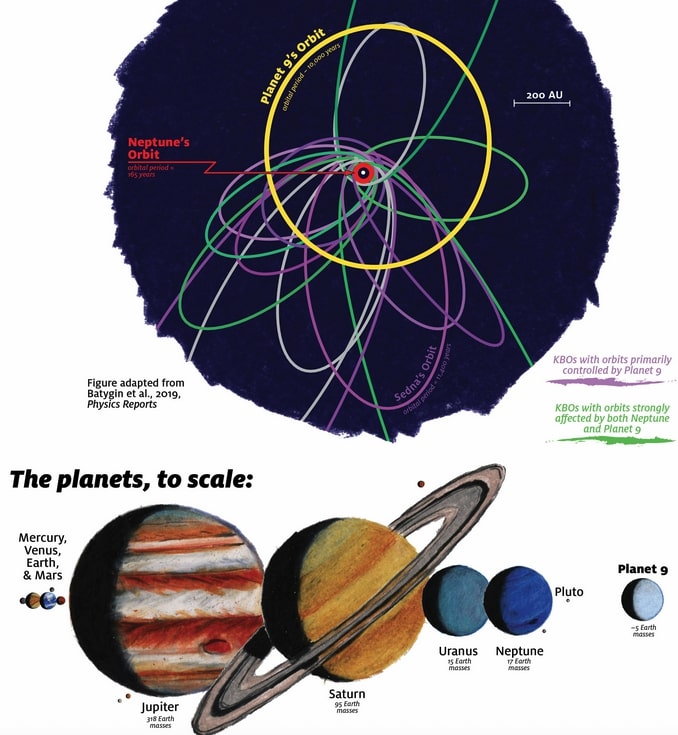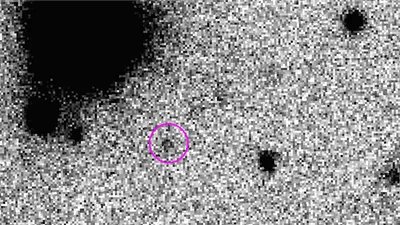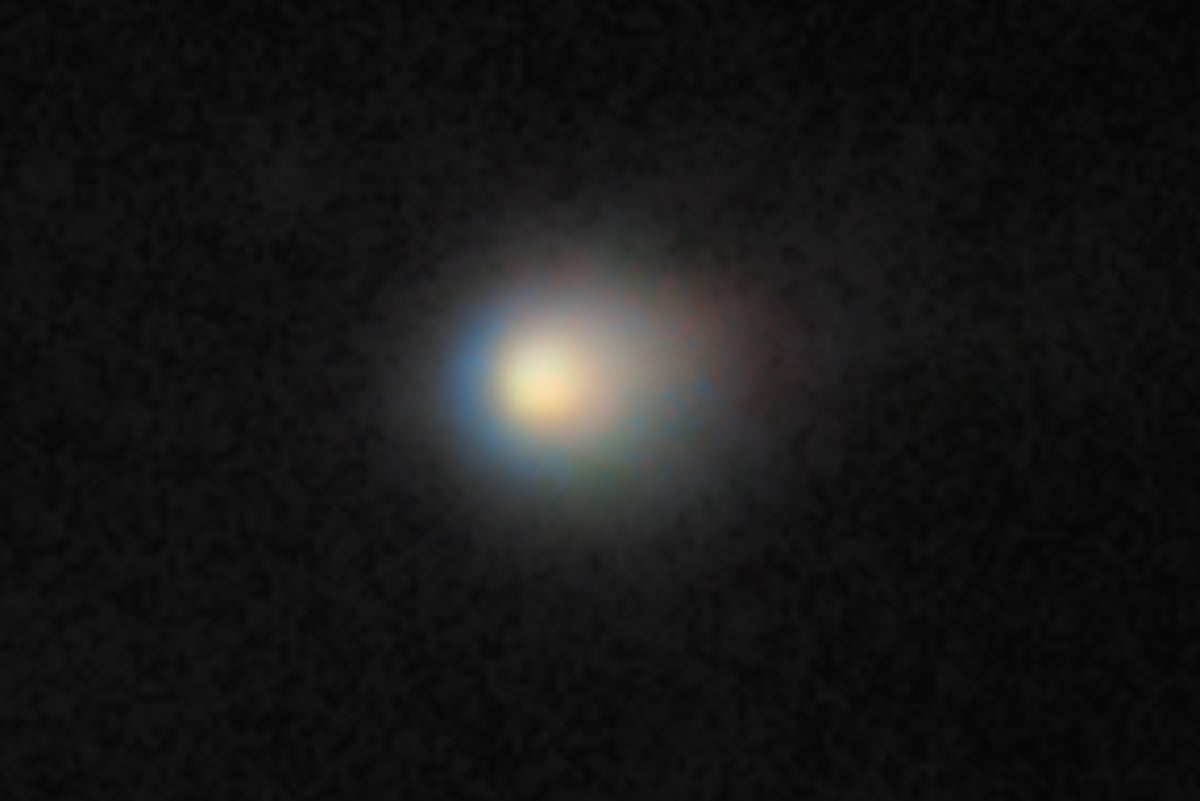Now Reading: Scientists Identify Two Possible Planet 9 Candidates
-
01
Scientists Identify Two Possible Planet 9 Candidates
Scientists Identify Two Possible Planet 9 Candidates

Fast Summary
- astronomers are investigating the existence of Planet Nine beyond Neptune in the outer solar system.
- Led by Amos Chen from National Tsing Hua University, researchers are using far infrared data from AKARI, a Japanese space telescope, to locate Planet Nine’s thermal radiation signature.
- Thermal radiation decreases at a slower rate at increasing distances compared to reflected light (inverse square vs. fourth-power relationship).
- the estimated temperature range for Planet Nine is between 53 and 28 K with potential distances ranging between 300 and 900 AU.
- Two possible candidates for Planet Nine have been identified based on sky positions predicted through N-body simulations of Kuiper Belt Object (KBO) orbital patterns.
- The search area uses slowly moving objects criteria over observed timeframes; further review excludes contamination from cosmic rays or noise fluctuation artifacts.
- Follow-up observations will be necessary to confirm these findings and refine details like temperature and orbital patterns. Confirmation could deepen scientific understanding of the solar system’s history.
!Search Efforts via Infrared Data
Indian opinion Analysis
The methodical search for Planet Nine highlights advancements in global astronomy capabilities while leveraging indirect detection techniques such as infrared heat emissions. Using AKARI’s sensitive all-sky far-infrared survey emphasizes Earth’s increasing reliance on international collaboration and advanced satellite instrumentation for deep-space exploration, a trend likely mirrored in India’s own growing aspirations within astrophysics.
For India, which is developing its expertise in astronomical research through missions like AstroSat and upcoming projects such as Aditya-L1, the findings reinforce opportunities to collaborate globally-especially regarding unexplored areas such as KBO studies or distant planetary mapping. Moreover, harnessing innovative methodologies akin to thermal radiation analysis signals promising new avenues that could complement optical systems emerging within indian scientific frameworks.
Globally meaningful discoveries like a potential ninth planet offer expansive implications not only for understanding solar system evolution but also fostering broader investment into space sciences-a domain where India’s national focus aligns closely with socio-economic growth goals through technology leadership.
Further investigations may validate hypotheses concerning orbital clustering-an insight that could refine computational models relevant across both theoretical astrophysics internationally or applications specific here domestically under ISRO research objectives.

























